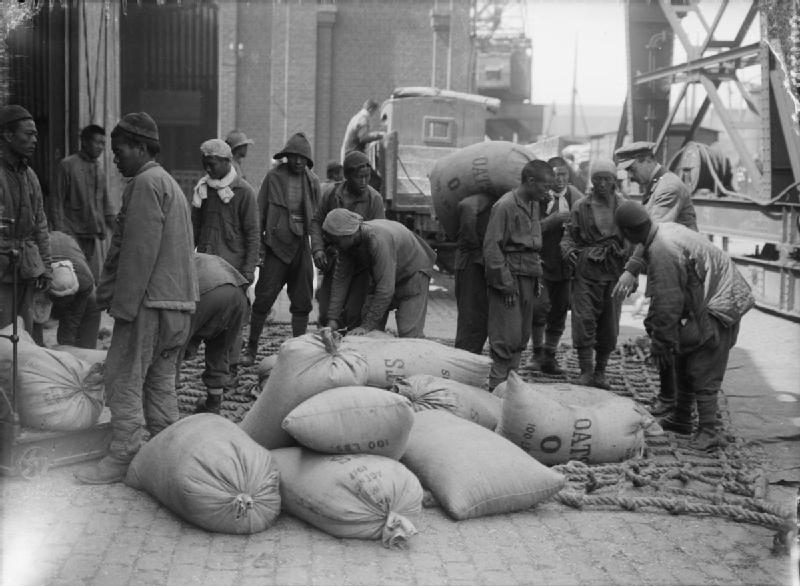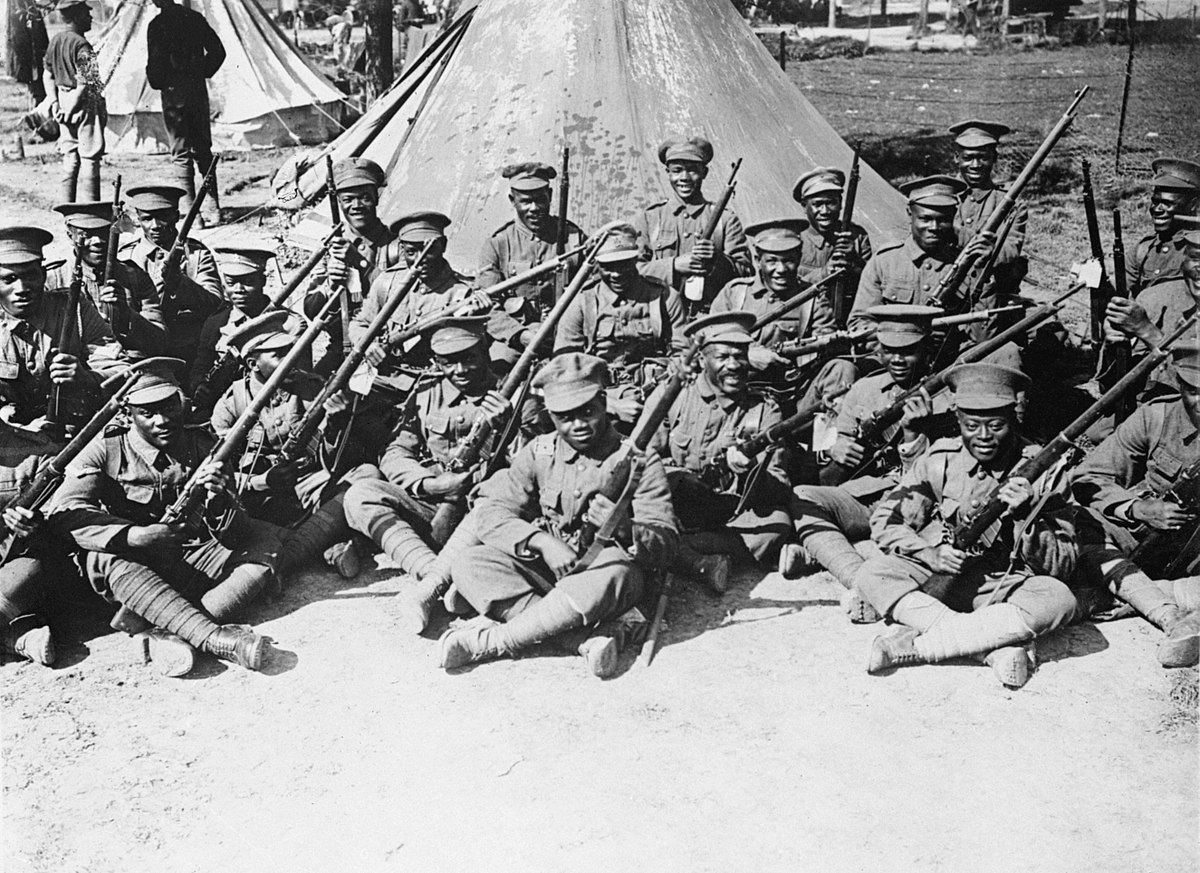You realize that the American colonial or provincial units are segregated units, even other the troops are white for they are not British either...
@O' Be Joyful ,
@rittmeister ,
@jgoodguy ,
@Jim Klag ,
@Wehrkraftzersetzer ,
@diane ...
@Leftyhunter
There were like six French and Indian wars here in America...

en.wikipedia.org
snip...
Those Men, posted on the Frontier, are not the Militia, but what we call our Provincial Troops, being regularly inlisted to serve for a Term, and in the Pay of the Province; and do nothing but bear Arms like your Regulars.
— Benjamin Franklin, 1756.
snip...
During the French and Indian Wars, provincial troops separate of the militia were raised by the colonial governors and legislatures for extended operations. These forces were often recruited through a quota system applied to the militia; drafts would only be used when enough volunteers didn't sign up. Bounties were used to boast volunteer enlistment. The officers were appointed by the provincial governments; the field officers were mostly men of political importance and members of the legislatures with many years service in the militia, while the junior officers were efficient and popular militia officers. The provincial troops were enlisted for specific campaign seasons, and organized anew each spring, yet most of the officers served year after year. The colonial governments also appointed persons in charge of logistics, often prominent merchants who had the business acumen and knowledge to run the extensive logistic operations required.[2][3] The distinction between the militia and the provincial troops was not always understood in contemporary Britain, and Benjamin Franklin tried to explain the differences in a 1756 letter to his English friend Peter Collinson. The men serving on the frontier, Franklin clarified, were not militia but full-time soldiers enlisted to fight for a specific period of time, and paid by the colonial governments. In contrast, the militia were men following their normal business, mustering on specific days to train, and ready to fight only in case of an emergency.[1] Massachusetts Bay was the colony that made the largest contribution to the war effort during the French and Indian Wars. In the seventeenth century provincial forces were first raised for offensive operations through volunteers from the militia regiments. After King William's War, the colonial legislature enacted new laws that embodied the basic principles that would govern the colony's military forces during a century of warfare. The militia's role was relegated from a prospective combat force, to "a combination of home guard, draft-board, and [...] supply network," forming the base from which the provincial troops were recruited and supplied.[4]
snip... sample...
The land forces of the Quebec Expedition 1690 were entirely composed of provincial troops from Massachusetts under William Phipps. The 2,300 foot soldiers were organized in four regiments and one Indian company:[18]
- Essex Regiment
- Middlesex Regiment
- Suffolk Regiment
- Plymouth Regiment
snip...
The expeditions to Port Royal in 1707 were made up entirely of provincial troops from Massachusetts Bay, New Hampshire, and Rhode Island:[20][21][22]
snip...
The expedition to Port Royal in 1710 contained both regular troops from the British Army, and four provincial regiments from Massachusetts Bay, Connecticut, and New Hampshire:[23]
This is just a sample if you look at the link you will see how many provincial units by state were used in the 7 Years War... a bunch...
 en.wikipedia.org
en.wikipedia.org

 en.wikipedia.org
en.wikipedia.org








